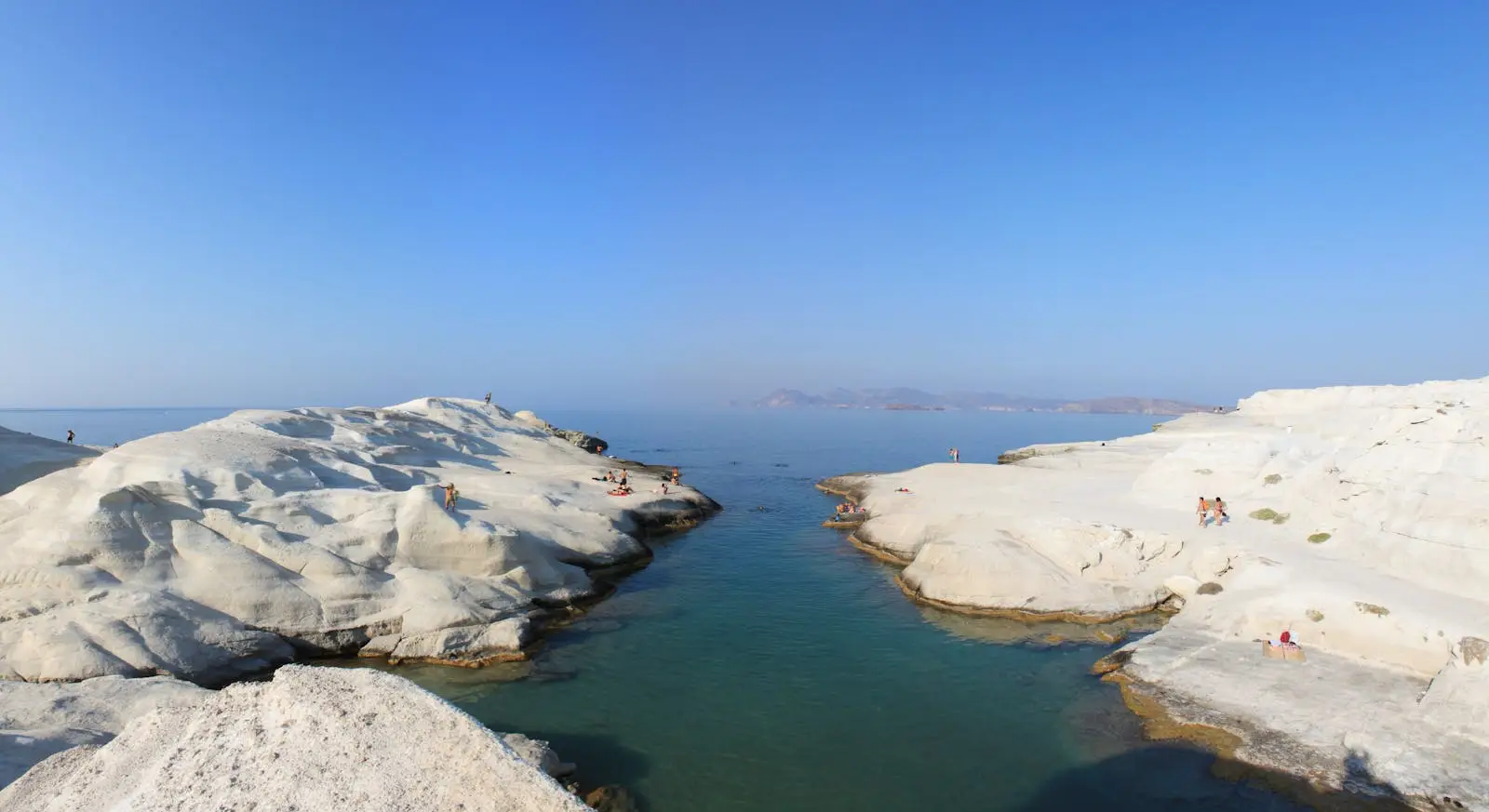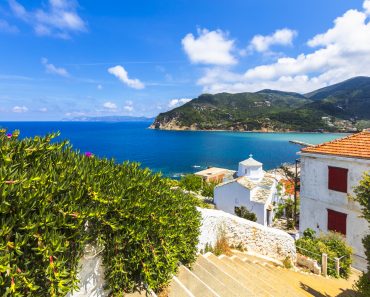While Greece continues to ride a wave of record-breaking tourism in 2025, one of its most iconic destinations, Santorini, faces an unexpected challenge.
Despite the island’s enduring fame and postcard-perfect vistas, a growing number of travelers are reconsidering their plans to visit the Cycladic gem. The reason? A combination of recent seismic activity and a shift in global travel trends away from overhyped hotspots.
According to local reports, Santorini has seen a wave of booking cancellations this spring, with tourism operators voicing concerns over the economic impact. Though mainland Greece and other islands like Crete, Corfu, and Zakynthos have seen strong demand, Santorini appears to be the exception in what should be a thriving early season.
One contributing factor is recent seismic unrest in the Aegean region. Although authorities have confirmed that Santorini remains safe for visitors and continues to operate normally, media coverage of tremors and safety precautions has introduced a degree of hesitation among international tourists. “There’s been an increase in questions and concerns from potential travelers,” noted a Santorini-based tour operator. “Even when we reassure them that everything is fine, some choose to go elsewhere.”
But the island’s challenges go beyond earthquakes since Greece’s tourism minister declared Santorini safe for travel.
A new wave of “anti-influencer” travel is reshaping destination preferences among younger, experience-driven tourists. Fed up with long lines for sunset photos and the rising costs of dining in overcrowded towns, travelers are increasingly opting for lesser-known destinations. Dubbed “detour destinations,” these places promise a more authentic, crowd-free experience—and they’re pulling attention away from global Instagram darlings like Santorini and Mykonos.
Data from travel platforms and blogs show an uptick in interest in islands like Naxos and Milos, destinations that offer similar beauty without the bottlenecks. Mainland retreats like Epirus and Pelion are also gaining momentum, as travelers seek immersion in Greek culture rather than tourist clichés.

This shift presents both a challenge and an opportunity for Santorini. While the island’s international fame remains a strong draw, recently winning “Best Island in Europe” for the 12th consecutive year at the 2025 Leisure Lifestyle Awards, its tourism model may require rethinking. Experts suggest that investing in sustainable tourism, local experiences, and off-season campaigns could help rebalance the scales.
In the meantime, Greek tourism authorities remain optimistic. “What we are seeing is not a decline in interest in Greece, but a redistribution of demand,” said a spokesperson from the Hellenic Tourism Organization. “We believe this is an opportunity to highlight Greece’s diversity beyond the famous hotspots.”
Greek Islands Attract Turkish Travelers with Easier Access and Better Value
As Santorini faces a booking decline, nearby Eastern Aegean islands are seeing growing interest, particularly from Turkish travelers, thanks to expanded visa access and lower travel costs. With Schengen visa appointment slots nearly impossible to find, and visa rejections for Turkish citizens are higher than before, the “Express Visa” program offers a welcome alternative: a 7-day visa on arrival for 12 Greek islands.
In 2025, the European Commission extended the program for another year and expanded it to include Patmos and Samothrace, bringing the total to 12 islands. The full list now includes Chios, Lesvos, Samos, Kos, Rhodes, Kalymnos, Leros, Symi, Kastellorizo, Limnos, Patmos, and Samothrace.
For many Turkish travelers, this has opened the door to spontaneous weekend getaways and affordable summer holidays. With Turkish coastal destinations like Bodrum and Çeşme becoming increasingly expensive, the Greek islands offer a more budget-friendly escape without the visa delays.
According to Giorgos Mylonadis, President of the Homeric Hoteliers Association in Chios, the Express Visa brought a tourism revival. “The season now stretches to six or seven months, and even in winter, we see strong demand from Turkey,” he said. In 2024, over 195,000 travelers arrived in Chios from Çeşme, with more than 25,000 using the visa-on-arrival option.
In total, ferry routes between Turkey and the Greek islands carried 2.3 million passengers last year—many drawn by convenience, affordability, and a fresh alternative to the crowded Cyclades. With the visa program now extended through March 2026 and holiday demand already surging for Ramadan, Eastern Aegean destinations are expected to thrive again in 2025.
A Pivotal Moment for Greek Tourism
Santorini’s current struggles highlight a broader transformation unfolding across the Greek tourism landscape. While once-invincible destinations face growing competition, emerging islands are capturing attention with their authenticity, accessibility, and affordability. From shifting traveler values to geopolitical visa solutions, the tide is clearly turning.
For visitors seeking crowd-free escapes and cultural depth, Greece now offers more options than ever before, especially for Turkish travelers who are turning to lesser-known Aegean gems with open doors and fewer barriers. Whether this moment sparks long-term change or a short-lived trend, one thing is clear: Greece’s tourism future won’t just revolve around Santorini anymore.






.jpg-370x297.webp)
